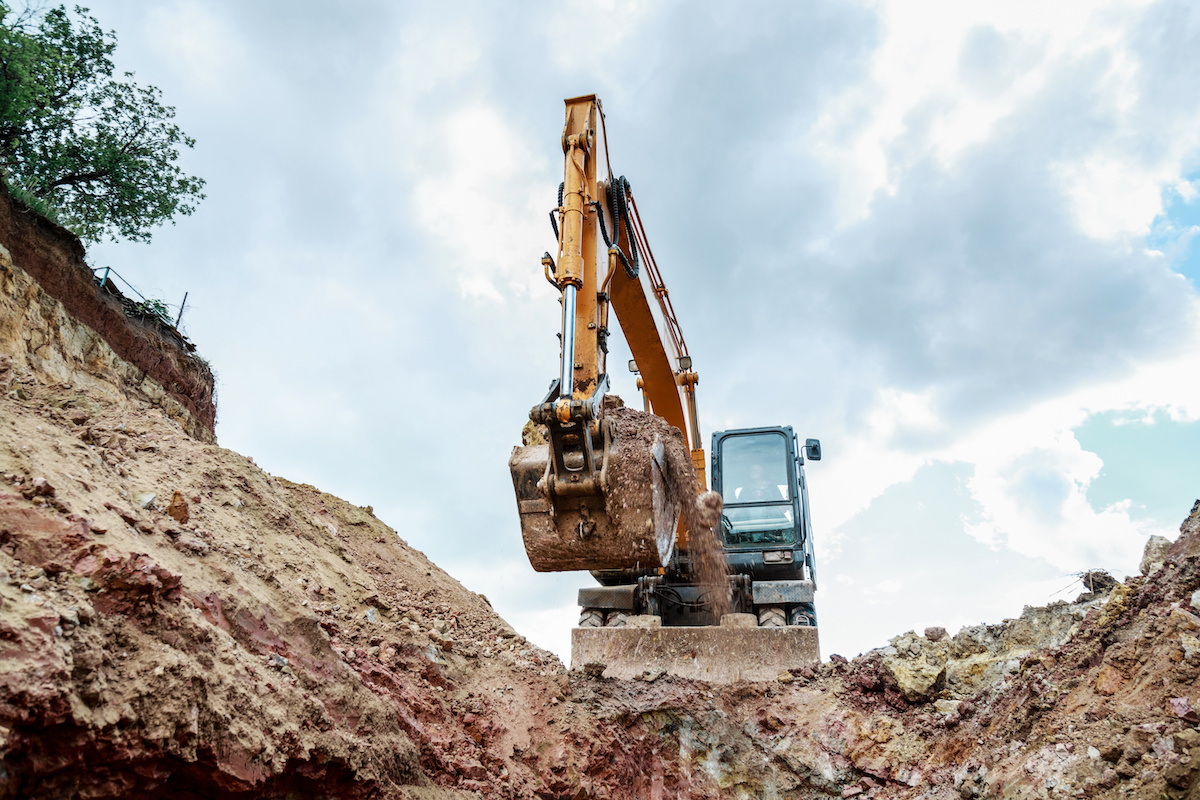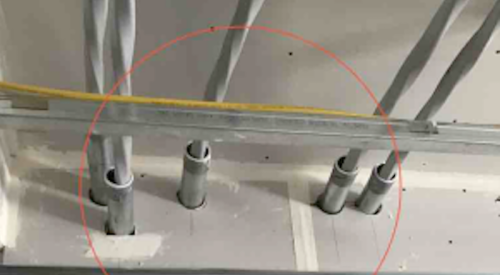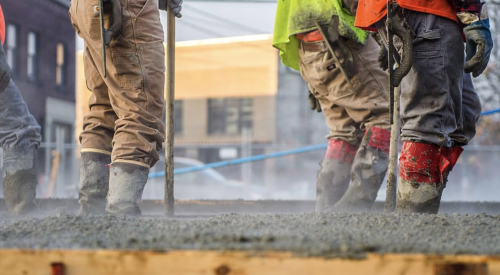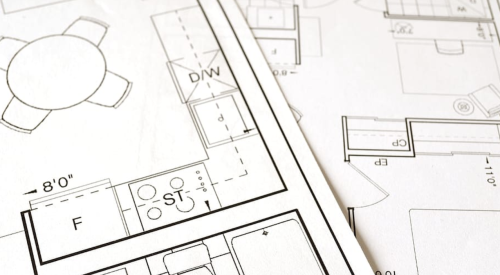As the leading cause of new home structural failures, fill dirt is one of the most important structural elements of a home. And when fill dirt results in a failure, it’s a costly mistake to fix, says the National Association of Home Builders. It costs an average of more than $50,000—and more than $100,000 in some areas—to investigate and repair a failure resulting from fill dirt. The NAHB now offers a new resource for builders looking to minimizing structural problems and learn more about fill dirt, run by a professional engineer and geoscientist, Walt Keaveny.
Let’s Talk Dirt provides information about fill placement, density requirements, testing, and the benefits of working with a geotechnical engineer.
Keaveny also explores moisture issues in basements in Ultimate Guide to STOP Basement Water Leaks.
Over half of all basements have some moisture issues, with basement walls and floors the most common locations for water leaks in a home.
Unlike improperly compacted fill dirt, water leaks in basements rarely represent a structural deficiency, according to Keaveny. However, a water leak that is seen trickling is not normal, and it is beneficial to terminate the source of the water to avoid: (1) saturating soils that support the foundation, (2) rot and degradation of wooden framing, (3) damage to drywall and finishes, (4) damage to household items, (5) mold and (6) vermin.
To learn about the three major sources that cause water leaks, water migration into basements, damp proofing versus water proofing, and to view Keaveny’s Water Source Checklist, review the Ultimate Guide to STOP Basement Water Leaks.













